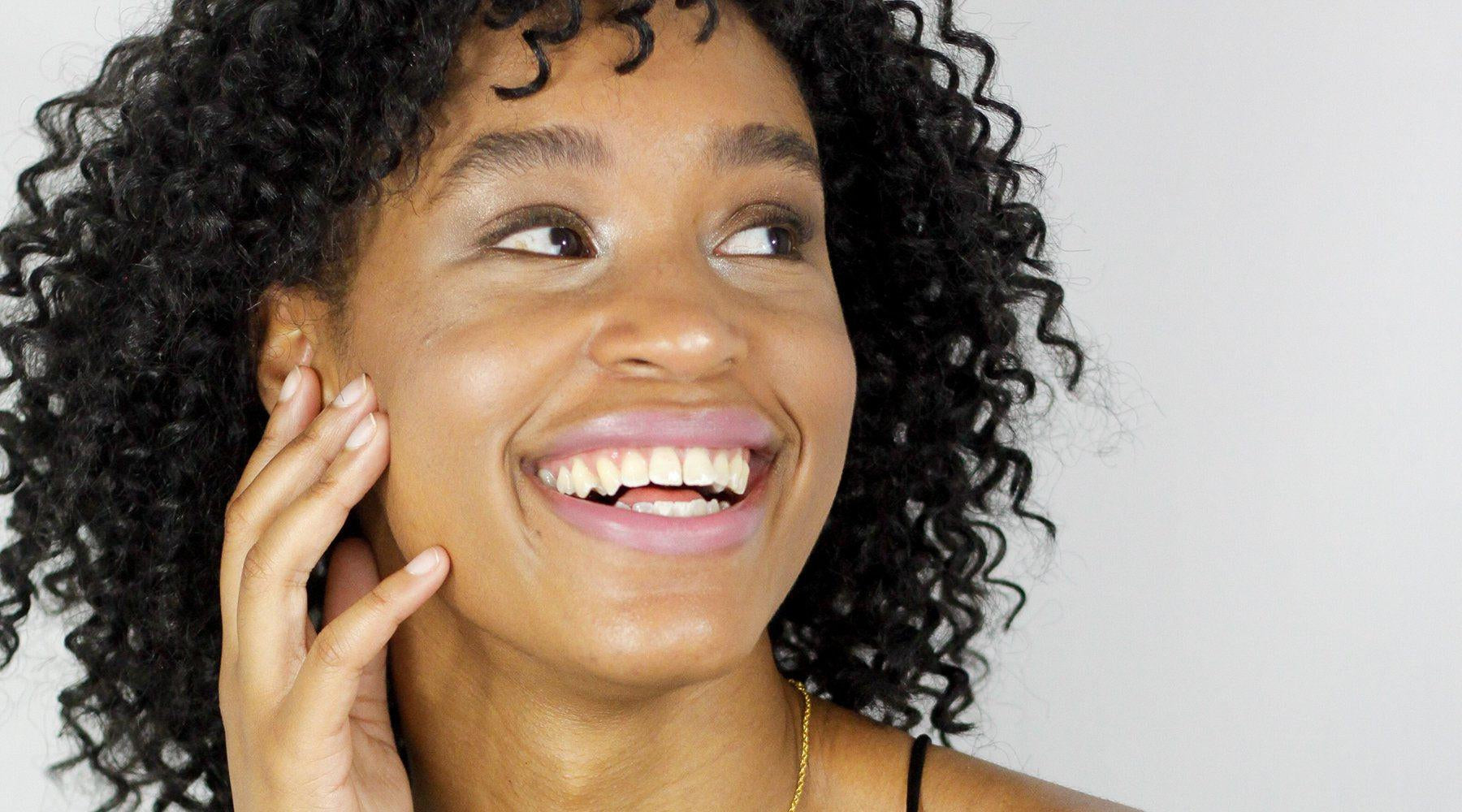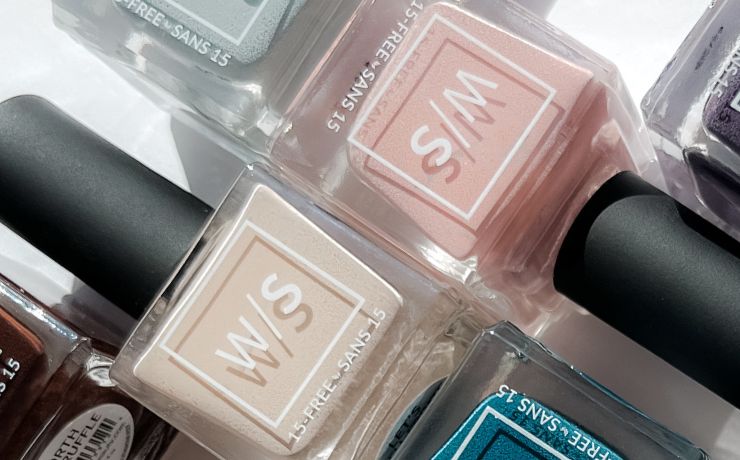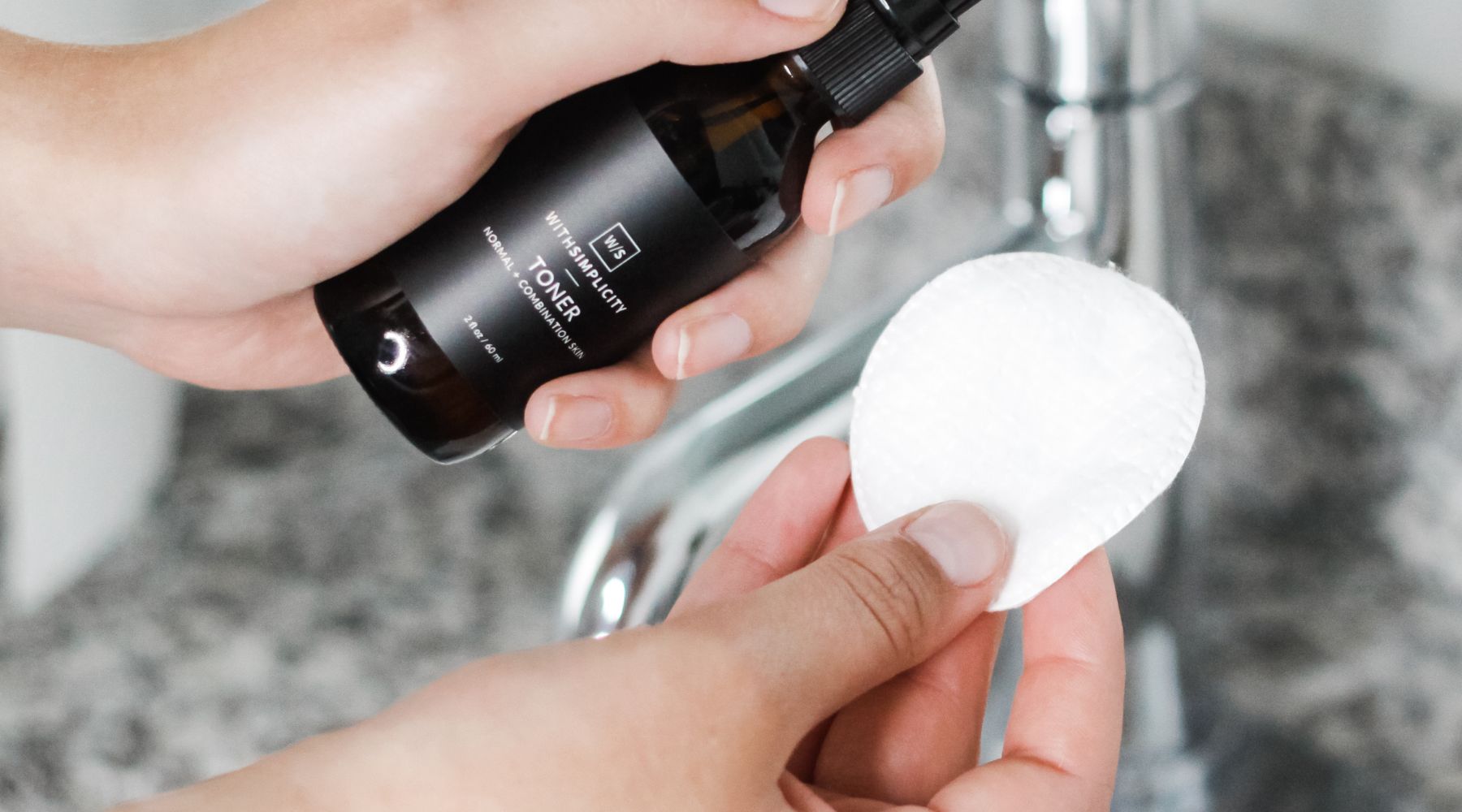
The Natural History of Lipstick
Ask anyone to name a makeup product and chances are they’ll say, “Lipstick”. Throughout history, lipstick has been a staple product in beauty routines or in societies as a statement of power, or rank. Unfortunately, the ingredient choices were less than ideal.
Let’s explore the history of this beloved makeup product and its ingredients.
What are the Origins and History of Lipstick?
It is said that lipstick originated in ancient Mesopotamia and Sumeria. Men and women would crush precious gemstones or bugs and spread the shiny fragments on their lips. The Egyptians would crush bugs, which secreted an ingredient called carmine, to color their lips red. Some lipsticks still use this dye today, even though it is not vegan or cruelty-free (don’t worry - we don’t use it!). Mostly rich and clergy people in Egypt were seen wearing the early lipstick. Other toxic ingredients they used included: lead, iodine and bromine mixtures, which caused serious illness and even sometimes death. In other countries like Japan, they would use ingredients like tar and beeswax.
Eventually, an Arab scientist, named Abulcasis who is known as the Father of Modern Day Cosmetology, created the solid form of lipstick (albeit accidentally). His idea stemmed from his original creation of a stock perfume that could be pressed in a mold. He tried this method with many colors and created the first solid lipstick.
Unfortunately, the creation of solid lipstick became a public concern. Christians and puritans were not so accepting of the use of lipstick. Actually, the church condemned makeup of any kind and especially lipstick. They believed that women who had red lips were worshippers of Satan. They also associated women who wore other colors of lipstick with sorcery and witchcraft. Oddly enough, lip salves were socially accepted among communities. Women would even bite their lips to make them appear redder without using lipstick because this method was “more socially acceptable”.
In 1920, lipstick was a norm to many. James Bruce Mason Jr. invented the swivel up tube and the modern lipstick we see today. Many colors used during this time were on the darker side. Movie stars and icons would wear these dark reds, plums, and browns frequently. Magazines advocated and even advertised the use of lipstick by using movie stars and icons such as Audrey Hepburn and Elizabeth Taylor to promote the product.
Now, lipstick is a staple for everyone. From nudes to bold colors, lipstick has been used to be a way of expressing oneself. There’s a color and finish for everyone. The most important thing to consider now is distinguishing whether lipsticks are using toxic chemicals or natural ingredients that are safe for the skin.
What are the Common Toxic Ingreidnts Found in Lipsticks?
Dyes
Dyes can be extremely toxic to our bodies and skin. Although we want to get that desirable color, we need to do it safely. Most dyes are made with aluminum or petroleum products. These products are known to be carcinogenic and can be stored in our skin and bodies.
Natural Solution: When looking for a healthy and toxin free lipstick, you will want to look to see if they use micas and minerals for color. (Commonly written as: Titanium Dioxide, Iron Oxide, or Mica)
Retinyl Palmitate
Retinyl Palmitate is a synthetic version of Vitamin A used in cosmetics to reduce flakiness and restore moisture, which has been proven to be harmful for pregnant women. There have been studies that say it can cause certain cancers and reproductive issues. This ingredient gets absorbed into the skin and when exposed to ultraviolet rays can eventually cause cancer in the skin. Avoid wearing lipsticks with this ingredient while pregnant or in the sun because it can be fairly harmful.
Natural Solution: We use ingredients such as Mango Butter and Jojoba Seed Oil to protect the delicate lip skin and give lips a plump, hydrated look.
Polyparabens
Polyparaben is used to help prevent bacteria and mold growth. This added preservative keeps the lipstick moisturized. It has been proven to be an irritant and allergen for some people. It is also listed in cosmetics databases as a highly toxic ingredient. Some brands will claim that they use only half the acceptable amount of polyparabens but will actually use more. On the other hand, organic and natural brands will use ingredients such as honey, salt, and natural clays to naturally preserve the products.
Natural Solution: We use natural preservatives to retain consistency of our lipstick formula.Preserving Ingredients: Thyme, Oregano, Cinnamon, and Rosemary



 >
>


